Premium Only Content
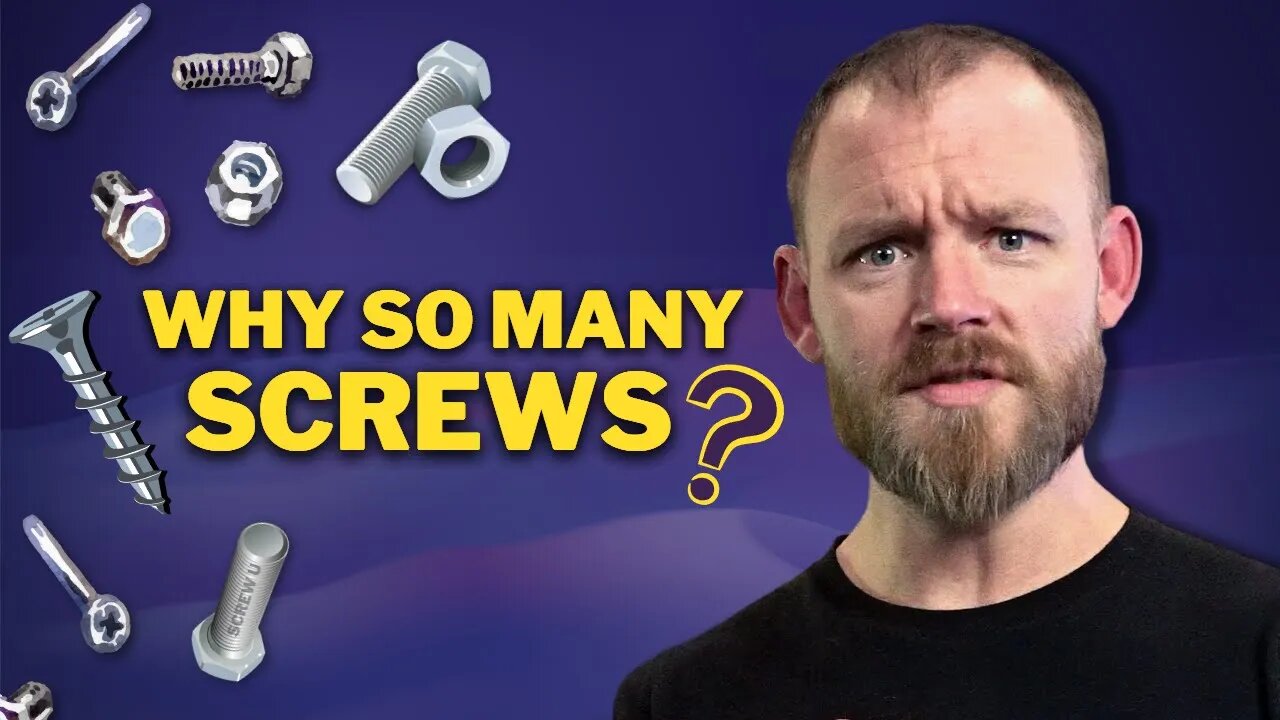
Why Do You Use So Many Types of Screws?
Join this channel to get access to perks:
https://www.youtube.com/channel/UCB3jUEyCLRbCw7QED0vnXYg/join
Sheetrock screws, Self-Tapping screws, Phillips screws, Panhead screws- Have you ever wondered why there are so many types of screws available? In todays episode of Electrician U, Dustin talks about a few of the most popular types of screws and what their uses are for.
🤘⚡️MEMBERSHIP⚡️🤘
JOIN ELECTRICIAN U - become a member and get:
FREE Continuing Education every year
FREE Practice Exams
FREE Monthly Video Courses
FREE Weekly Live Instructor-Led Classes
FREE Monthly Educational Newsletter
Premium Members-Only Content
Private Discord Channel
Monthly Members-Only Discord Chats
Sign up here --- https://www.electricianu.com/electrician-u-membership/
🎧🎹MUSIC AND VIDEO:🎹🎧
https://www.facebook.com/descantmv
🎬✍️ART AND ILLUSTRATION:✍️🎬
https://www.daverussoart.com
Let’s talk about the most popular screw heads first. Those are Phillips head and Slotted head screws. These are the oldest and easiest to produce so they tend to be the most popular. Originally designed to be used with screwdrivers (one of the tools an electrician ALWAYS has on hand- pun definitely intended!!). However, with the advent of electrical drills, and in more recent years cordless impact drills, they can be prone to stripping out of the heads if too much torque or speed is applied during the installation process. Still, you can find these types of heads in every screw type available- from metal, to wood, to concrete.
The Robertson head screw was developed to combat the inherent design flaw of the Phillips and Flathead screw heads of stripping out due to speed/torque during installation time. The recessed portion of the head is square and offers much more surface area and they tend to blow out less (although not completely impervious to it!). Allen and Torx head screws are also much better at not stripping out during installation and are very popular in todays screws as well. Pro Tip- if you are using an Allen headed screw and it has blown out, try using a Torx head tip to back it out. It is relatively close in shape and the points on the Torx tip will dig into the wallowed-out sides of a blown out Allen head screw. You can usually remove the damaged screw in this fashion and replace it with a new one. Pan-head screws offer a smooth rounded finish that doesn’t tend to snag on things after its installed. Hex head screws are also popular. You can find these in the fine coarse machine type screws as well as their coarser threaded cousins usually found in wood screws.
The screw shaft can also be found in different flavors as well. You have fine coarse thread machine type screws for metal work. An example of this would be the 6-32 screw us electricians use to install devices. The 6 portion of the screw designation is telling us it is 6 gauge (how thick the shaft is) and the 32 portion is referring to how many screw threads per inch. These types of screws are meant to be installed in metal, through a hole that you drill (slightly smaller than the screw shaft itself) and tap to the screw thread dimension.
The main difference between wood screws/sheet metal screws and machine screws are the threads. While machine screws are fine thread, wood/sheet metal screws are much coarsely threaded and rely on the wide threads to apply the holding pressure to the material. They do come in many of the head types we mentioned above. There are bolts also to consider in our travel through screw types. The difference between screws and bolts is generally diameter. Bolts usually have a much larger diameter and are usually finer thread. Wood lag bolts are the exception to this rule- they still are made in a larger shaft than most wood screws but share the same coarse threads. Lag bolts are meant to hold something that weighs a lot to the woods surface. Carriage bolts are also in the bolt family. The interesting thing about them is that they lack a head you can put a tool on and are meant to be fastened/tightened with a nut on the end. When you tighten the nut against the opposite side of the head, it brings the shoulder of the screw into the material holding it tight.
It is good to keep a selection of machine screws and wood screws available to work with in varying lengths, head types, and diameters. Make sure to have on hand a good selection of washers and nuts to go along with them. Many manufacturers make kits you can purchase with common sizes/lengths so you do not have to buy them all individually.
We hope this has been helpful in understanding some of the many screw types available to electricians. Is there a topic you would like to see discussed? Leave us a comment in the comments section and let us know. Please continue to follow Dustin and Electrician U as we are constantly updating our content to assist our followers in becoming the best electricians that they can be.
#electrician #electrical #electricity #why #are #there #so #many #types #of #screws
-
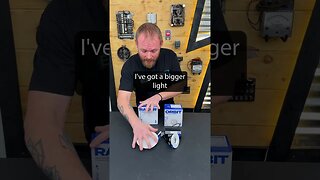 0:50
0:50
Electrician U
1 year agoWhat Are Lumens?
12.6K4 -
 LIVE
LIVE
Vigilant News Network
13 hours agoMoscow Seeks REVENGE After Ukraine Strikes Russia With US Missiles | The Daily Dose
661 watching -
 1:17:55
1:17:55
Game On!
12 hours ago $2.94 earnedThursday Night Football NFL Week 14 Rams at 49ers!
20K2 -
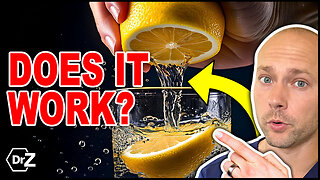 6:46
6:46
Dr. Nick Zyrowski
1 day agoWhat Happens If You Drink Lemon Water for 14 Days?
11.4K4 -
 12:25
12:25
IsaacButterfield
1 day ago $4.29 earnedGEN Z SHOULD BE ASHAMED!
8.41K4 -
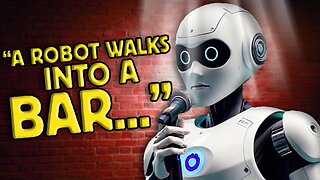 5:13
5:13
BIG NEM
13 hours agoIs AI Coming for Comedians Too?
6.55K2 -
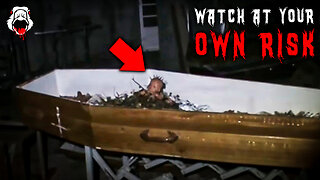 28:29
28:29
Goose Pimples
1 day ago7 SCARY Videos That’ll Make Your Knees Wobble
77.4K7 -
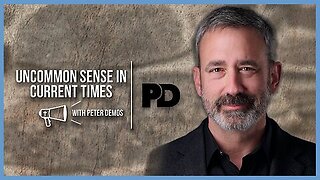 52:00
52:00
Uncommon Sense In Current Times
20 hours ago $12.64 earned"Inclusive or Excluding? The Hidden Agenda Behind 'Happy Holidays"
63K11 -
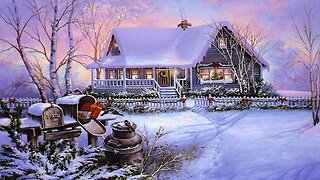 2:36
2:36
Canadian Crooner
1 year agoPat Coolen | Frosty the Snowman
36.9K5 -
 55:02
55:02
Bek Lover Podcast
21 hours agoAl Qaeda Take Over of Syria Backed by US & Israel? More Strange News...
26.4K7